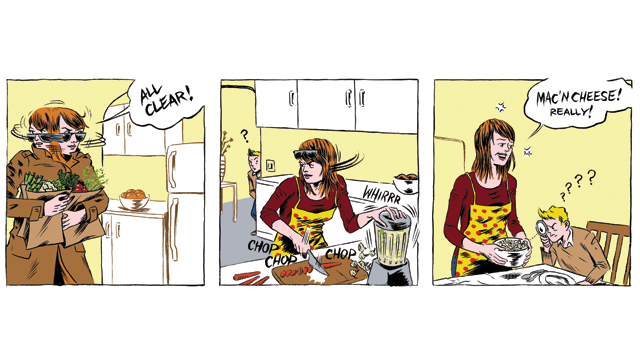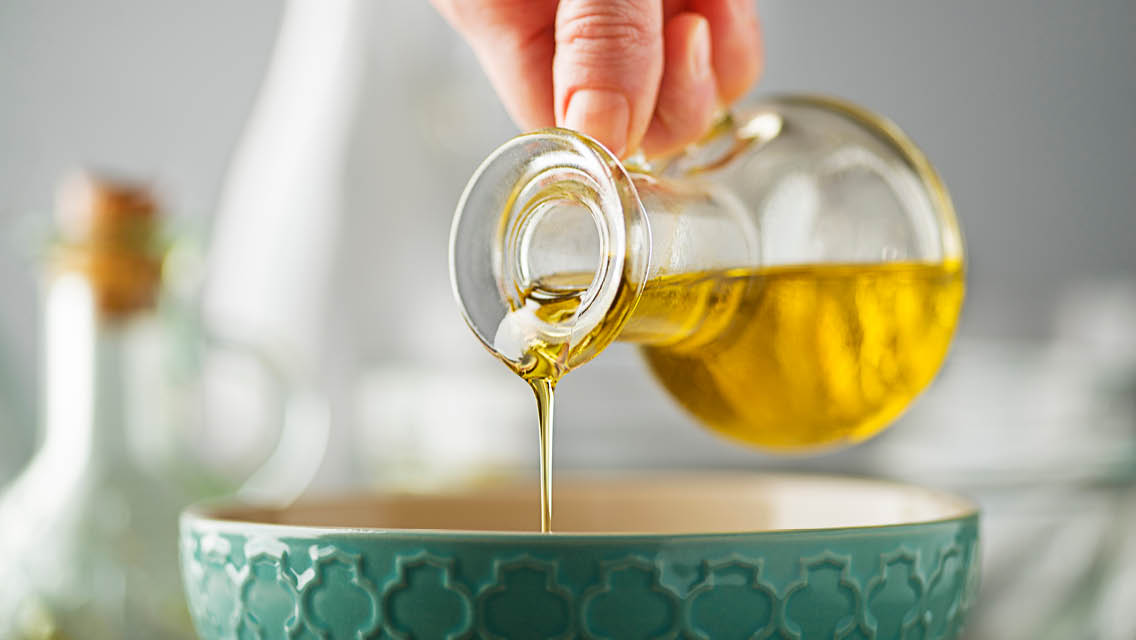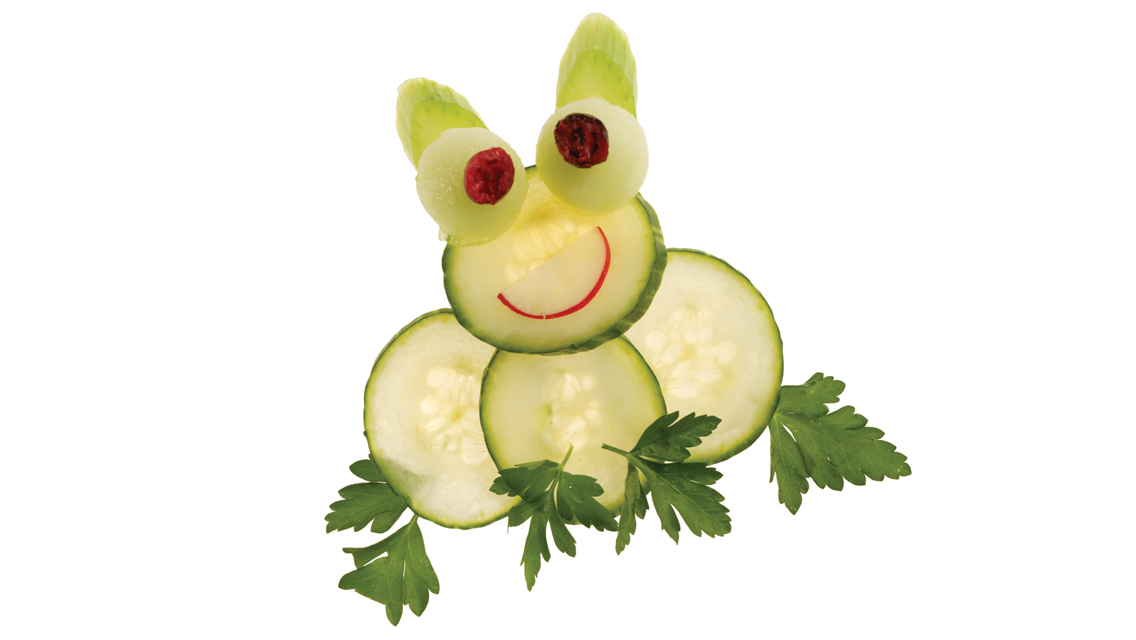I remember being 14 and having the typical tug-of-freedom, tug-of-power with my parents. At that age I had already had two years of summer jobs under my belt, and commuted over an hour to school, but resented the last vestiges of childhood, like curfews.
“When Romeo and Juliet were 14, they were allowed to get married,” I grumbled. “Oh yeah, that worked out great for them,” my mom replied. “Their parents must have been so pleased.”
There’s actually a school of thought now that labeling adolescence as a stage of childhood is an unhealthy modern invention, and that society would be better served by giving teenagers another path for success during teenagehood that didn’t involve succeeding in school and pleasing parents — like entrepreneurship.
The people who argue this assert that treating teenagers like infants prevents them from acting like adults. It’s an interesting argument to consider, particularly when it comes to the ways we infantilize both our children and ourselves through the foods we eat. Or don’t. Or don’t appear to.
Recipe for Failure
A few years ago, the world of cookbooks was rocked by the sudden race up the bestseller list by Jessica Seinfeld’s Deceptively Delicious, a book that advocated sneaking vegetables into your kids’ foods by puréeing them and hiding them among the binders and fillers. For instance, a half-cup of cauliflower purée would go into a macaroni and cheese casserole designed to serve four, or a half-cup of beet purée goes into a whole chocolate cake. No one (but you, the parent) had to know.
Then the world of cookbooks was rocked again, this time by a lawsuit filed against Seinfeld by a rival claiming that she had stolen the ideas from her book: The Sneaky Chef: Simple Strategies for Hiding Healthy Foods in Kids’ Favorite Meals.
Ultimately, the suit went nowhere. The judges weighed in with the opinion that hiding vegetable purées in kids’ food was neither new nor copyrightable. Nonetheless, for years now, both books have dominated the conversation about how concerned parents can get kids to eat healthier.
Knowing something about nutrition, I pooh-poohed both books from the start, as well as the furor surrounding them. After all, how much vegetable matter would end up in the final recipe, a tablespoon? A whiff? A smidge? It seemed too inconsequential to argue about.
As someone who appreciates literature, I appreciated Raymond Sokolov’s evaluation of these cookbooks in the Wall Street Journal: “These women treat vegetables the way Victorian mothers treated sex, with silence.”
But it struck me that treating vegetables with silence isn’t the only danger here. Hidden vegetables aren’t actually entirely hidden. You can always taste the beets in a chocolate cake, and telling kids to ignore their senses, to pretend there aren’t beets in their food when there obviously are — well, to my mind, that’s nothing but training them to swallow all sorts of icky things without objecting.
If you train your kids to ignore the secondary and tertiary flavors and aromas of their food, how will they ever trust their own palates enough to reject chemicals or even plain old spoiled food?
But that’s not the worst of it. Consider, too, the existential implications: Slip some cauliflower purée into a bowl of instant mac and cheese, and aren’t you also inadvertently cementing a kid’s belief that cauliflower does not exist in a beneficent universe? And what happens when your kids start making their own boxed mac and cheese? Imagine the retroactive trust breakdown when they suddenly realize just how long their parents have literally been feeding them lies.
The Deeper Meaning
Far be it from me to introduce William James, John Milton, and the Western history of the ethics and meaning of free will to a discussion of boxed mac and cheese. But if you do not give someone the choice to behave well, or even eat well, do their choices even have meaning? I have to wonder.
I also wonder how all this sneaking of foods and fooling of senses might affect the body, which has remarkable built-in mechanisms for recognizing whether or not you’re getting enough of a particular nutrient.
If, thanks to a steady diet of veggie-adulterated mac and cheese, your developing body manages to reliably absorb just enough vegetable-based nutrients to survive, and therefore never craves veggies (even though your conscious self believes that you’ve never touched a vegetable in your life), how at odds will your body and mind become about what you really need to be healthy? And why would you ever be inclined to eat vegetables in your lifetime?
As the mother of two — one child who will happily eat raw broccoli by the bunchful, and another who would sooner eat a live scorpion — I’m not insensitive to the maternal desire to make sure your children are eating the right foods. But I’m also aware that in this scenario, the pursuit of perfection is something the mother wants much more than the child does. And my take is this: Sometimes it’s OK for the child to be wrong, and to win anyway.
To me, this is a place where it’s much better to be comfortable with maternal failure (I’ve made cauliflower 42 times and you’ve never touched it!) than it is to eke out victory by any means necessary (You don’t even know you’re eating cauliflower! Ha, ha!).
I realize this sounds like Alice in Wonderland logic: It’s better to lose than to win? But consider this: What’s the point of making kids do stuff they don’t want to do — whether it’s keeping their hands off the art at the museum, or going on the nature walk instead of staying in the car and playing Nintendo, or eating the cauliflower when they’d prefer a handful of chips?
The bigger point, really, is to adapt them to adult culture, and to ensure that your little person eventually turns into a big person who supports and values those museums and parks and whole-food cuisine.
The Way We Eat
So let’s talk for a moment about that last bit — cuisine. What is it really? Cuisine is the totality of what you eat, the way the elements that you eat fit into your geography, your culture, your lifestyle.
If a Sardinian living in Sardinia eats a sardine, that’s not a cuisine. But if a Sardinian in Sardinia eats 10 sardines a week for 40 years, that’s a cuisine. It reflects a relationship with something, namely the ocean. It reflects a way of eating. It defines that person as different from the other persons in the world, and it anchors him to his home in a meaningful way.
If, in a single instance, a child in Boulder, Colo., eats a sardine, or rejects a sardine, or eats a piece of cauliflower, or rejects it, that’s neither here nor there. It’s not a cuisine and it’s not anything worth noting one way or another. But if the same kid is exposed to cauliflower twice a week for 18 years, that’s a cuisine, whether he eats it or not. And that’s what bothers me most about hiding vegetables in boxes of macaroni and cheese: If you eat mac and cheese out of a box twice a week (cauliflower-purée-improved or not) those boxes of mac and cheese become your cuisine.
Cuisine is a big deal. It distills your relationship to inherited human culture. It articulates your relationship to time, to the hours in your day.
So what is your cuisine? What is the thing you eat twice a week, just as you always have, and always will? For many, the answer is an unvarying diet of nursery pabulum: chicken nuggets, packaged macaroni and cheese, microwave pizza rolls, flavored chips, juice boxes, soda pop and sugar cereal.
I’m not saying it’s a tragedy on the scale of Romeo and Juliet, but we’d all be better off with a little less infantilizing in our food culture, and a little more straight-ahead cauliflower.




This Post Has 0 Comments